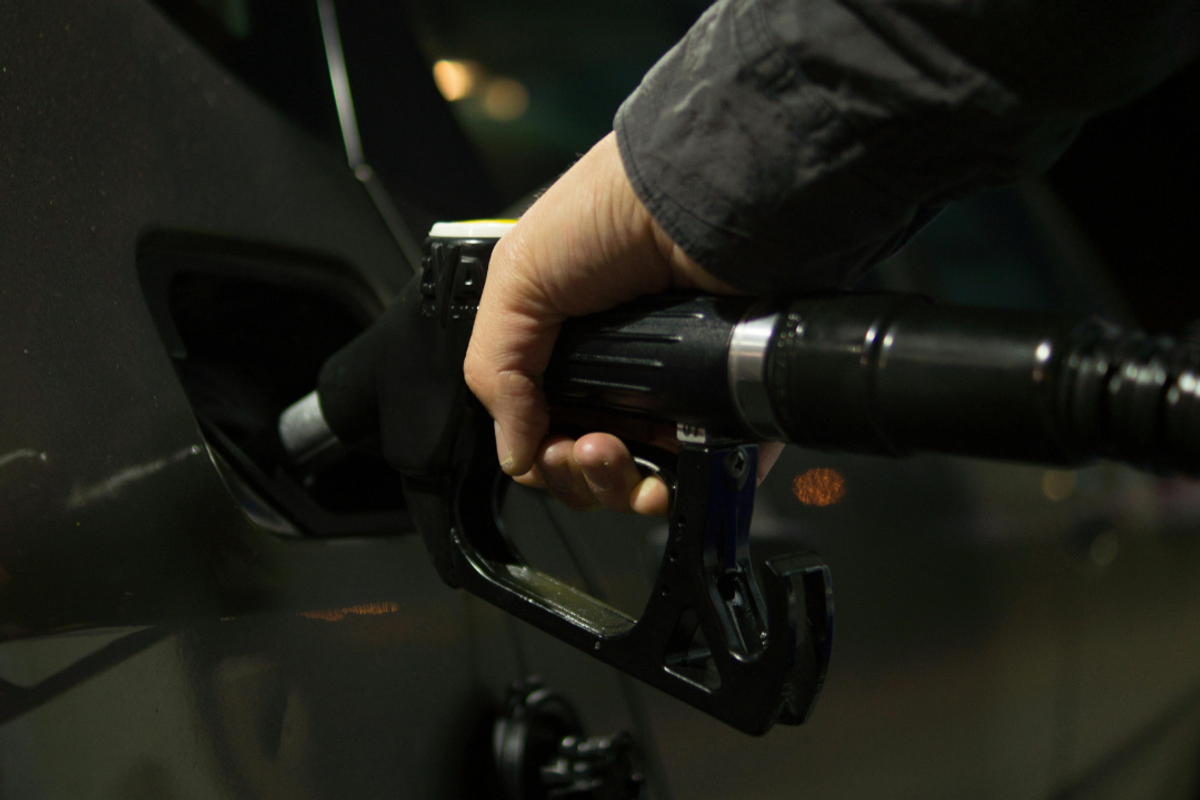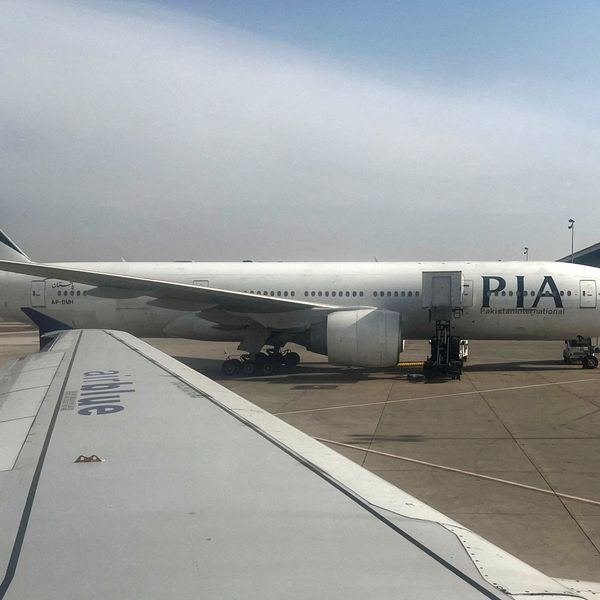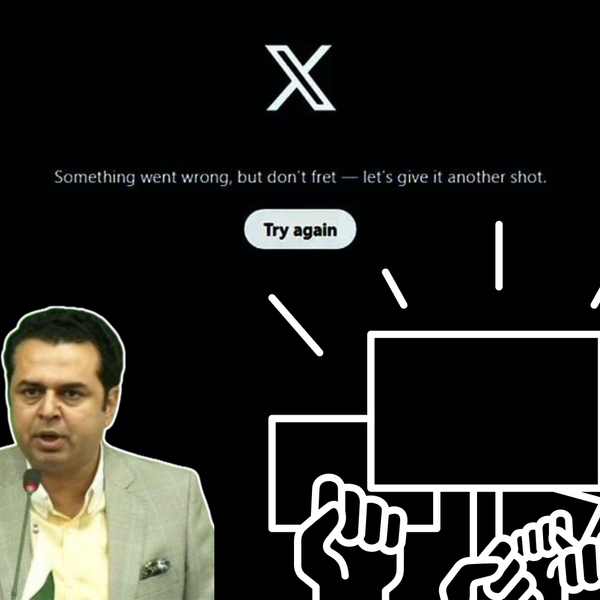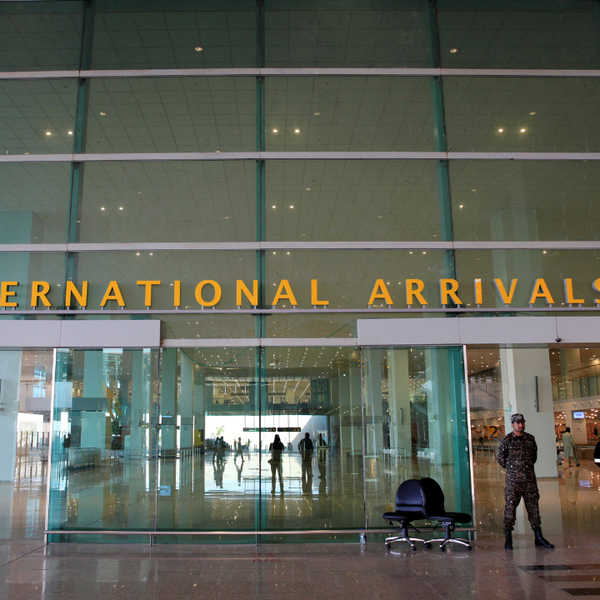Pakistan’s fuel sales drop 22% in July amid monsoon disruptions and price hikes
Heavy rains, higher taxes, and surging prices drive monthly decline
Business Desk
The Business Desk tracks economic trends, market movements, and business developments, offering analysis of both local and global financial news.

Pakistan’s petroleum sales dropped 22% month-over-month in July to 1.22 million metric tons, as heavy monsoon rains, flooding and higher domestic fuel prices, including a new carbon levy, dampened demand across key segments.
According to industry data, the steep monthly decline was driven by a combination of logistical disruptions from nationwide rainfall and a surge in fuel prices. The prices of petrol and high-speed diesel rose 6.5% and 9.4% respectively in July, following an increase in global oil prices and the imposition of a PKR 2.5-per-liter Carbon Sustainability Levy (CSL).
Petrol sales fell 16% MoM to 0.61 million tons, diesel sales dropped 18% MoM to 0.51 million tons, and furnace oil (FO) sales plunged 88% MoM to just 0.02 million tons, due to reduced demand for power generation during the cooler, rain-heavy month.
Despite the sharp monthly contraction, overall fuel sales rose 2% year-over-year (YoY), buoyed by improved economic activity, lower smuggling from Iran, and higher auto sales. Petrol and diesel volumes climbed 4% and 9% YoY respectively, while FO volumes declined 80%.
PSO, APL lose ground
Pakistan State Oil (PSO), the market leader, saw its July sales fall 7% YoY to 0.51 million tons. Its petrol and diesel sales both slipped 3%, while FO volumes dropped 93%. PSO’s market share declined to 41.6%, down 4 percentage points from July 2024.
Attock Petroleum Ltd. (APL) posted a 3% YoY drop in volumes to 0.10 million tons, with its market share easing to 8.1%.
In contrast, Wafi Energy Pakistan Ltd. (WAFI) and Hascol Petroleum Ltd. (HASCOL) posted solid YoY growth. WAFI’s sales surged 22% YoY, raising its market share to 8.6%, while HASCOL grew 16% YoY to capture 3.7% of the market.
Gas & Oil Pakistan Ltd. (GO) recorded the most notable improvement, expanding its share to 14.2% in July, up from 8.9% a year earlier. The combined share of smaller oil marketing companies (OMCs) fell to 23.8%.
Revenue collections and FY26 targets
The government collected approximately PKR 107 billion in petroleum levy (PL) in July, alongside PKR 3.56 billion in CSL revenue.
The federal government has set a revised PL target of PKR 1,468 billion for fiscal year 2025-26, implying a monthly average of PKR 112 billion.
The July downturn follows a solid performance in June, when total OMC sales reached 1.57 million tons, up 8% YoY and 2% MoM, driven by economic recovery and reduced fuel smuggling amid the Iran-Israel conflict. That brought FY25 cumulative sales to 16.32 million tons, reflecting a 7% YoY growth.
Analysts expect oil sales in FY26 to grow between 7% and 10%, contingent on weather patterns, global price trends, and domestic demand recovery.







Comments
See what people are discussing